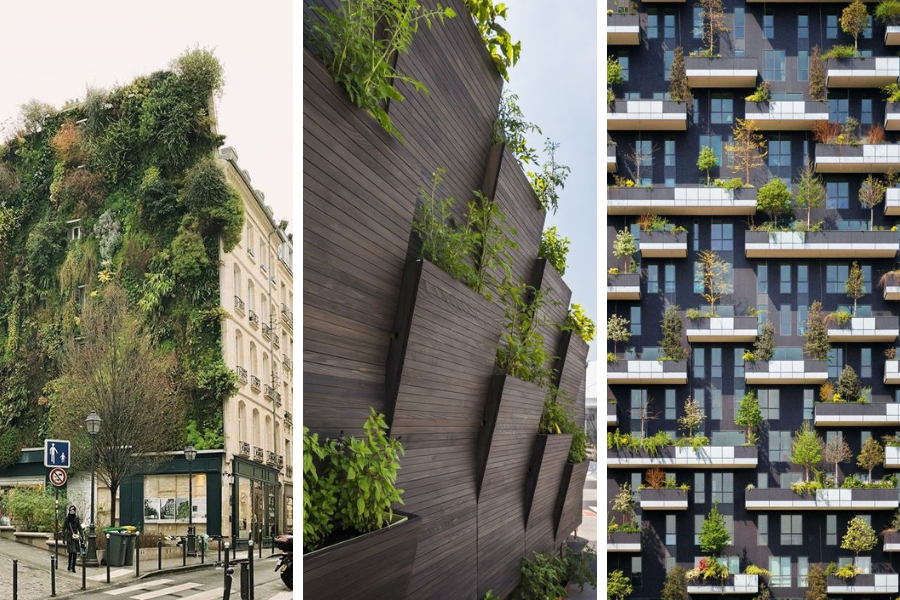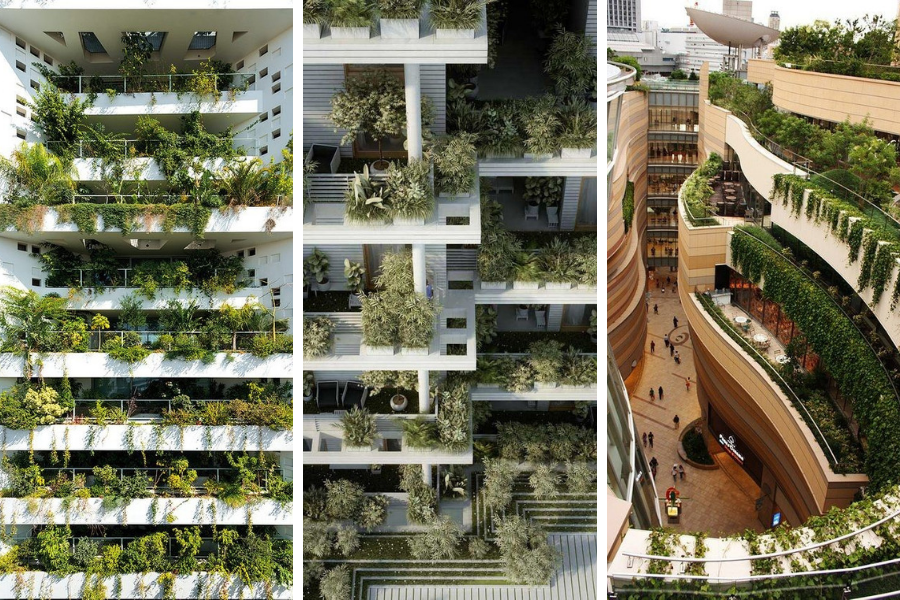MARKETING STRATEGIES

Therefore, we propose to consider the ecological features of the project as an opportunity to get benefits both for the developer and the customer.
On the one hand, real estate developers which care about the environment obviously have a positive image and a more recognizable brand. Being a "green developer" is a great news hook in PR which can be used unabashedly.
On the other hand, involvement in the "green" movement benefits your customers as well. When people feel qualitative changes and social responsibility of the developer, they can call themselves happy residents of the neighborhood. There is a direct link between the formation of a socially responsible leading brand and satisfied customers.
Enrique Peñalosa, Mayor of Bogotá, the capital of Colombia, is a good example of the fact that ecology is indispensable if the environment is being created for people. First of all, Peñalosa began to create a comfortable and clean city instead of solving global environmental problems. For example, he could announce a day without cars, motivating to change to bicycles by his own example. Thus, he was showing that the city was safe for everyone. He made the sidewalks wider so that people could walk. After such qualitative changes, the city of Bogotá received awards from environmental organizations.
To prove that it is within the power of real estate developers to contribute to the creation of eco-friendly cities, we've prepared 8 basic tips on how to become "green" and thereby sell more.
#1 Creating Vertical Parks or Green Facades
How to implement
Install planters with flowers and shrubs on the facade of the building or design houses with additional spaces for trees.
Practical reason
Creating additional green spaces in the courtyard where people can spend their free time. A cozy landscape as a tool to encourage residents to communicate.
Eco reason
Green spaces produce oxygen, so the air becomes cleaner.
#2 Tactical Urbanism: Involving People in Creating a Favorable Environment
How to implement
Provide the place and the opportunity for the residents of the neighborhood to create public spaces themselves. Recycled materials, such as pallets, boards, and chipboards, can serve as raw materials for the activists
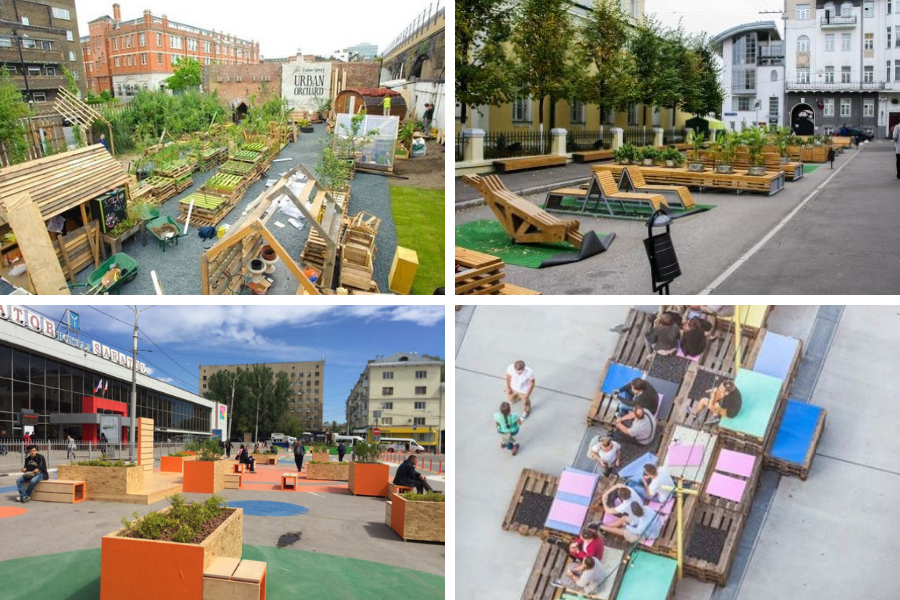
Practical reason
Creating favorable conditions for good neighborliness and democracy. Residents of the neighborhood can decide for themselves what they need in its public areas and where the territory for this should be allocated.
Eco reason
Fostering children and adults to be responsible for the living environment.
Public spaces can be created from environmentally friendly materials.
#3 Convenient Courtyard without Cars
How to implement
Limit the entry and parking of cars in the courtyards installing traffic limiters (parking barriers) or, for example, imposing a penalty for entry and parking of cars in the courtyard.
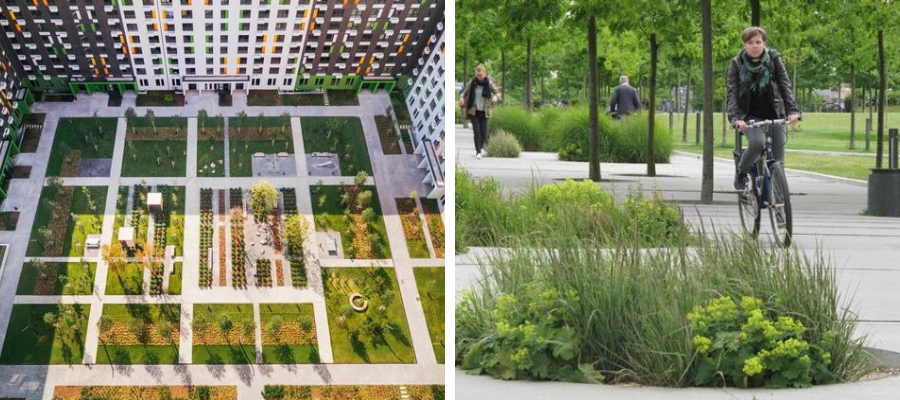
Practical reason
Safe courtyards for children without sudden car traffic.
The absence of cars in the courtyard is the aesthetics of its landscape and expanded space for the residents.
Eco reason
Reduced exhaust gas emissions in the residential neighborhood.
#4 Promoting a Healthy Lifestyle
How to implement
Design bicycle paths throughout the residential neighborhood and through its socially significant facilities with the ability to go out to the city.
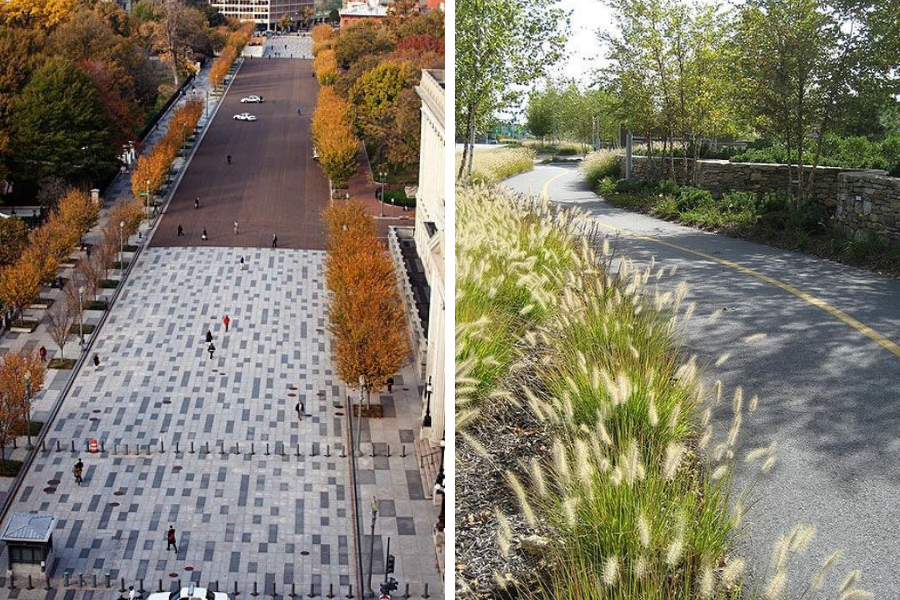
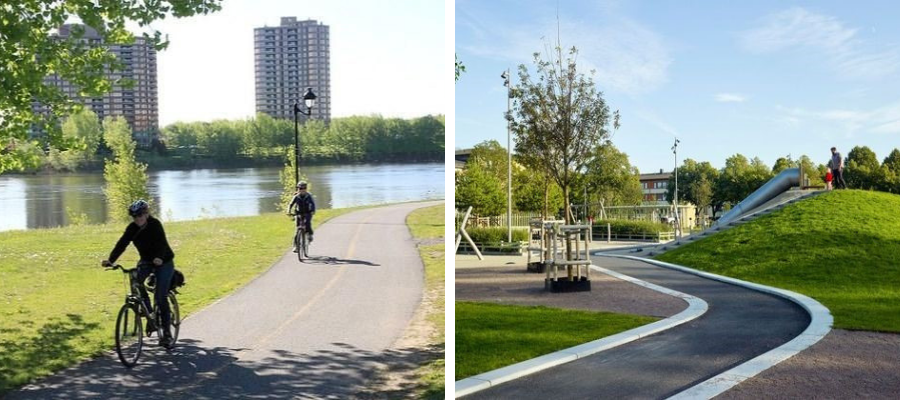
Practical reason
The environment for an active pastime with children as well as for low-budget transportation within the neighborhood and exit to the city.
Cycling is a physical exercise that helps the body to produce happiness hormones.
Eco reason
Changes in the transport habits of the residents of the neighborhood will reduce the exhaust gases.
#5 Friendship Evening
How to implement
Announce the "evening without electricity" for a few hours in the residential neighborhood. Offer the residents an alternative idea on how to spend an evening in the open air on the territory of the neighborhood. It can be, for example, an evening picnic with neighbors, a collective viewing of a movie, a sports competition, a yoga training, or a local fair.
Practical reason
An unusual and interesting way to spend leisure time for the residents of the neighborhood. Creating an environment for good neighborliness.
Eco reason
Joint turning off lights in the buildings of the neighborhood will reduce energy consumption.
Of course, energy savings in 5 houses will not lead to significant changes in the issue of global warming, but uniting first with houses, then with other neighborhoods and cities, we will together take small steps towards large-scale changes.
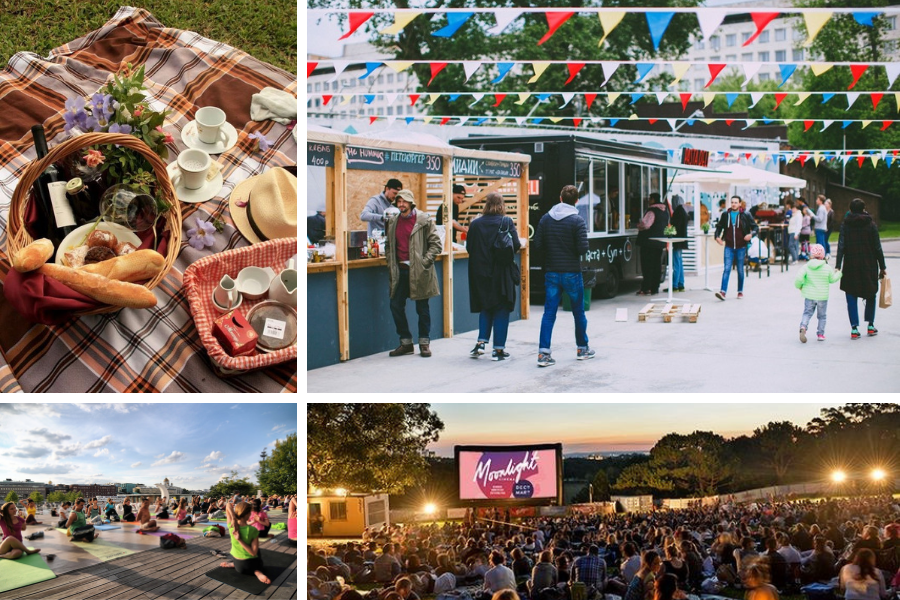
#6 Courtyard in Green Colors
How to implement
Organize a competition on the best garden in the neighborhood. All residents of the neighborhood can participate. Uniting with houses or entrances, people need to create themed or front gardens with trees, shrubs, and flowers. The residents can approach the competition with maximum creativity – for example, planting a Japanese garden or Russian beds.
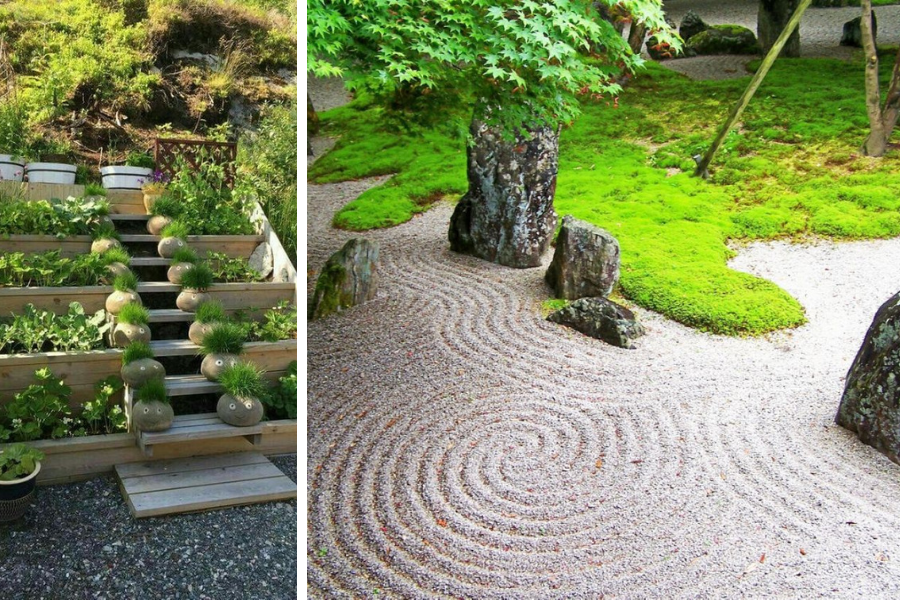
Practical reason
Involvement of the residents in the creation of the environment of the neighborhood.
Supporting the residents' hobby – gardening.
The excitement of residents to get a first place prize in the competition.
Eco reason
Additional landscaping makes the air cleaner.
#7 Food Waste Is a Separate Waste
How to implement
Create a waste sorting infrastructure in the residential neighborhood, including containers for food waste.
Practical reason
Waste sorting will help to recycle food waste getting compost which serves as an organic fertilizer for plants. Residents of the neighborhood then can use that compost to fertilize previously planted personal and front gardens (see item 6).
Eco reason
Fostering waste sorting habits, which will lead to simplified waste collection and recycling.
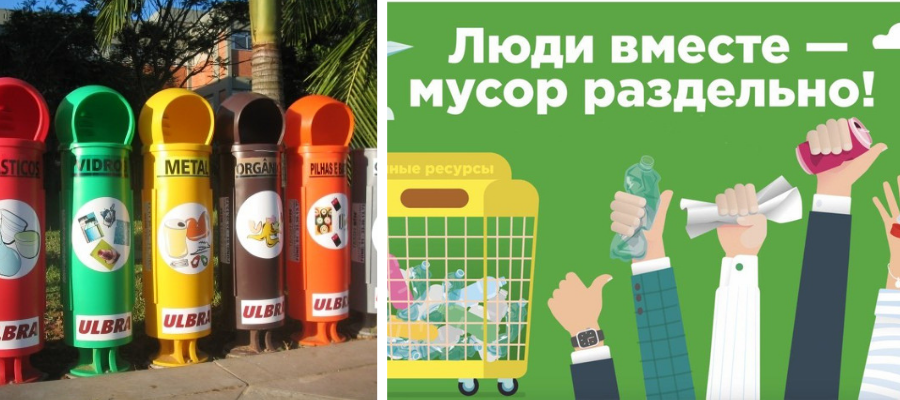
#8 Increasing Environmental Awareness
How to implement
Place information plates with facts and photos on the environmental situation in the city or in the country throughout the neighborhood. When a person sees the real consequences of their actions, they become to understand the seriousness of the issue.
For example: "It is not the Great Wall of China which is clearly visible from space, but the world's largest landfills. Let's make our planet beautiful — sort your waste." Or: "Discarded diapers take at least 500 years to decompose. A cigarette butt – at least 12 years."

Practical and eco reasons
Awareness of the seriousness of modern environmental problems leads to a change in habits. In particular, people start to litter less.
These 8 examples show that being a "green real estate developer" is possible even without global expenses. Along with that, you get a bonus – higher brand loyalty as the residents of the neighborhood see that they are taken care of.


